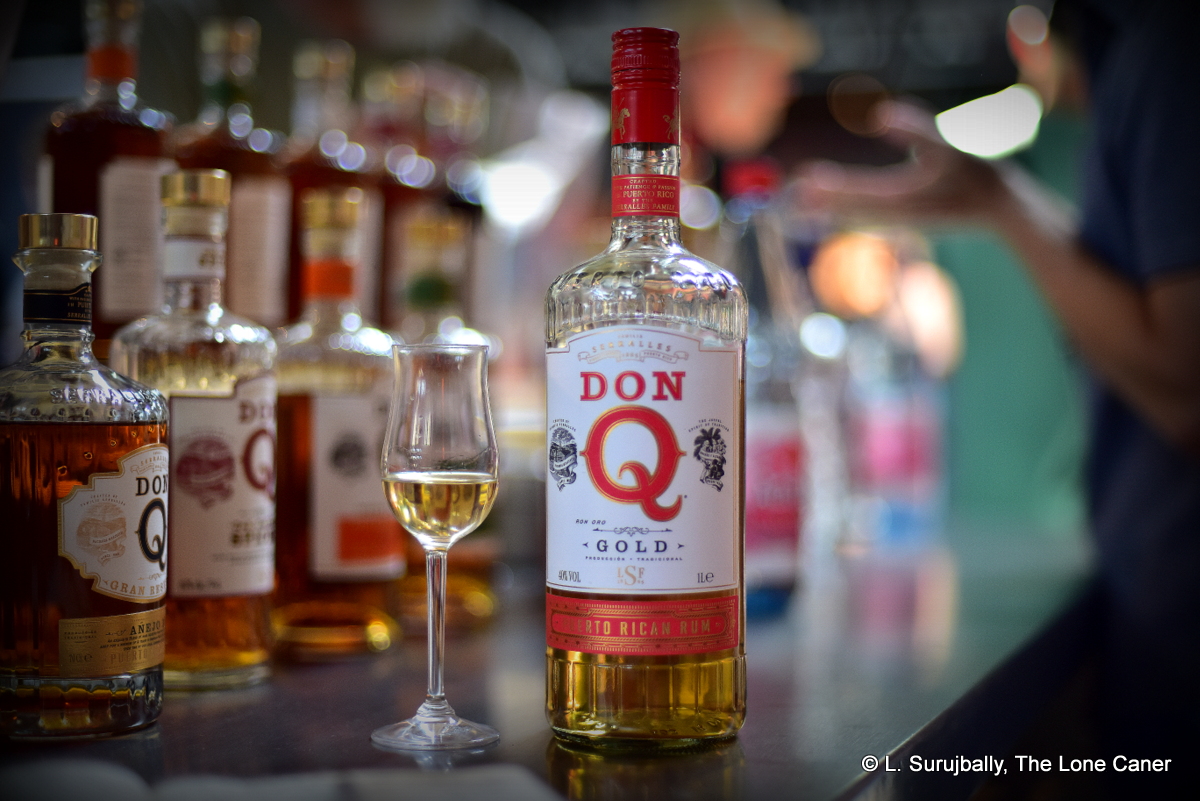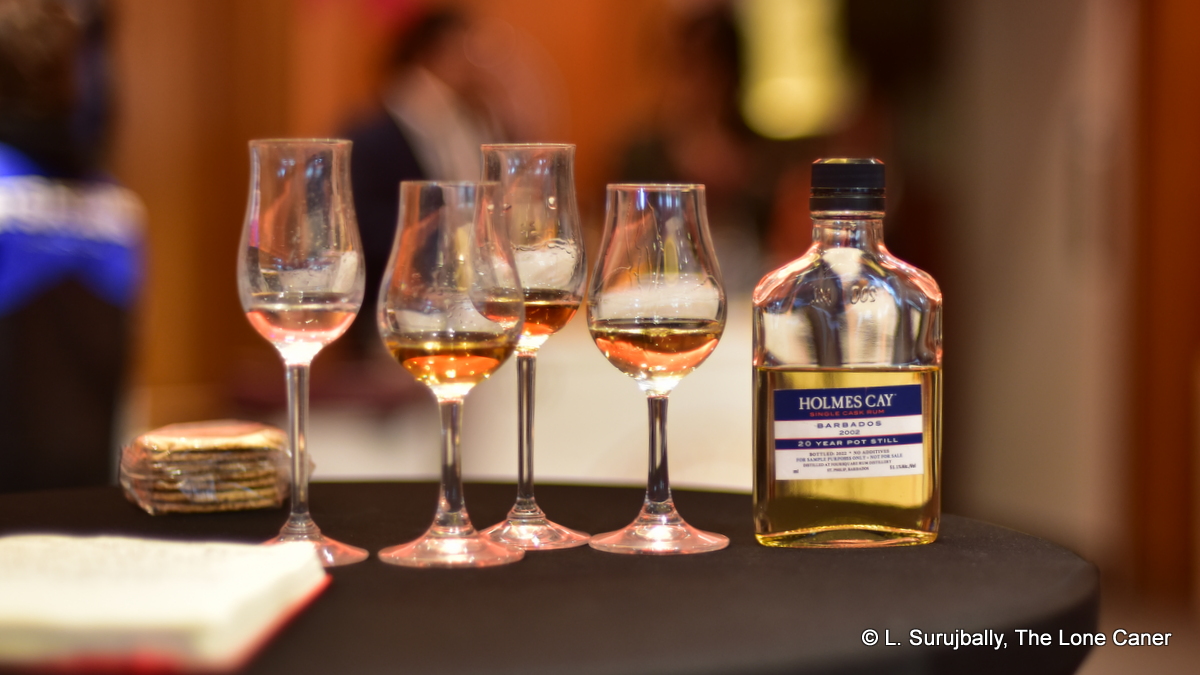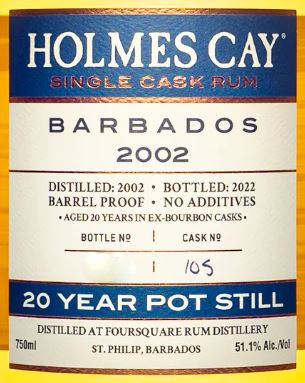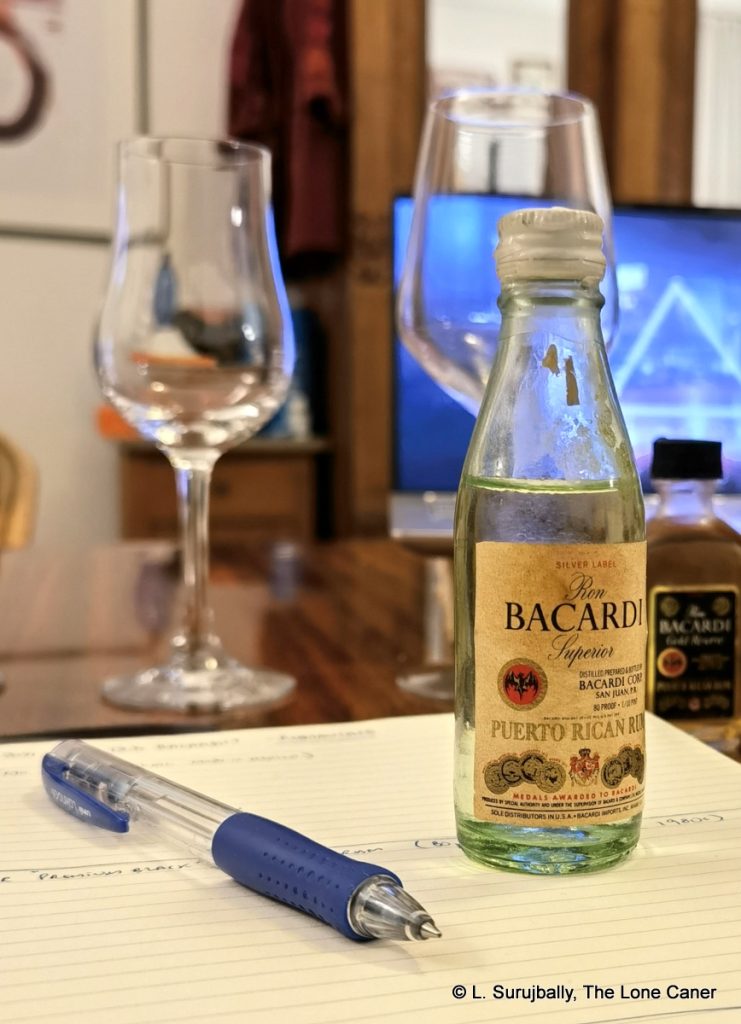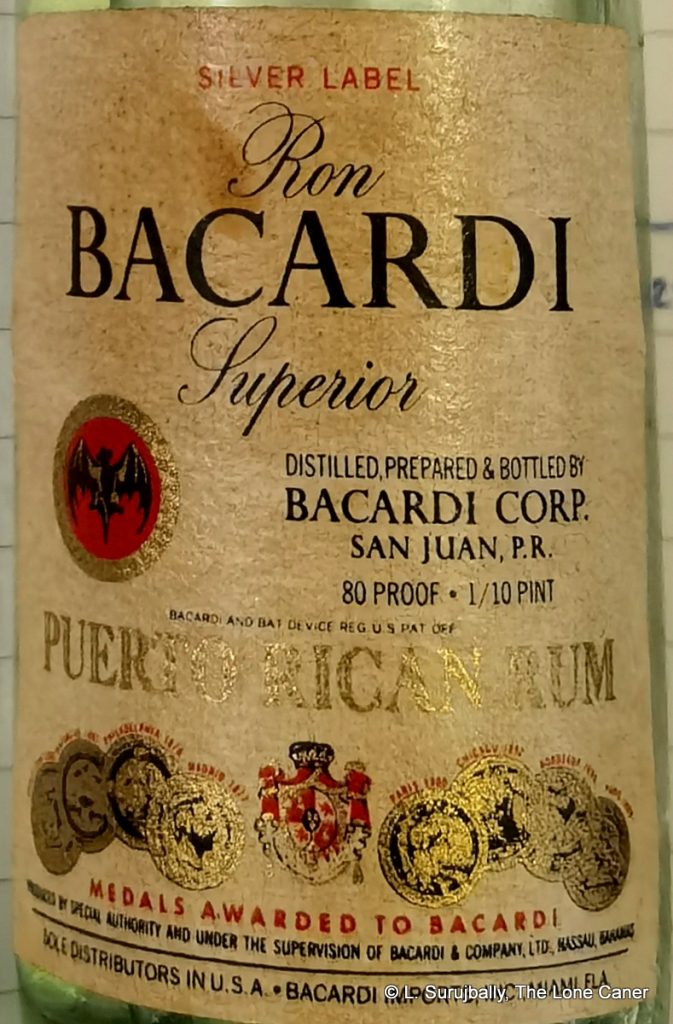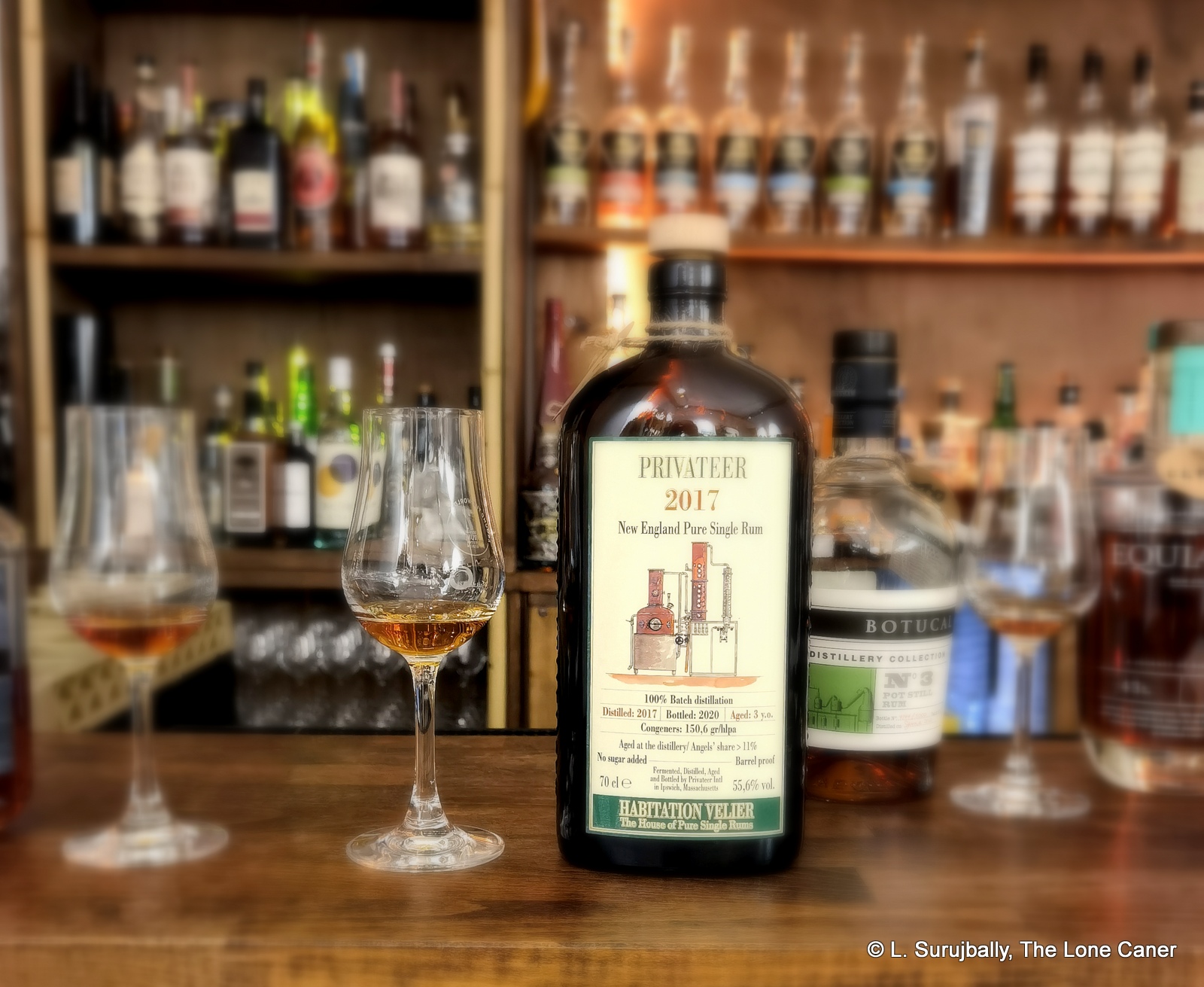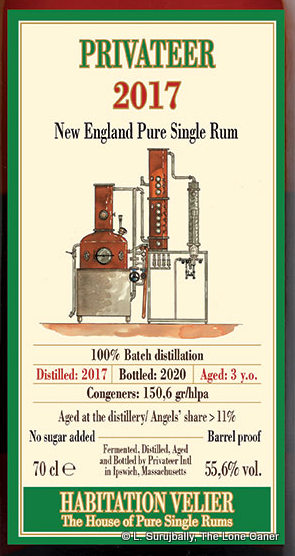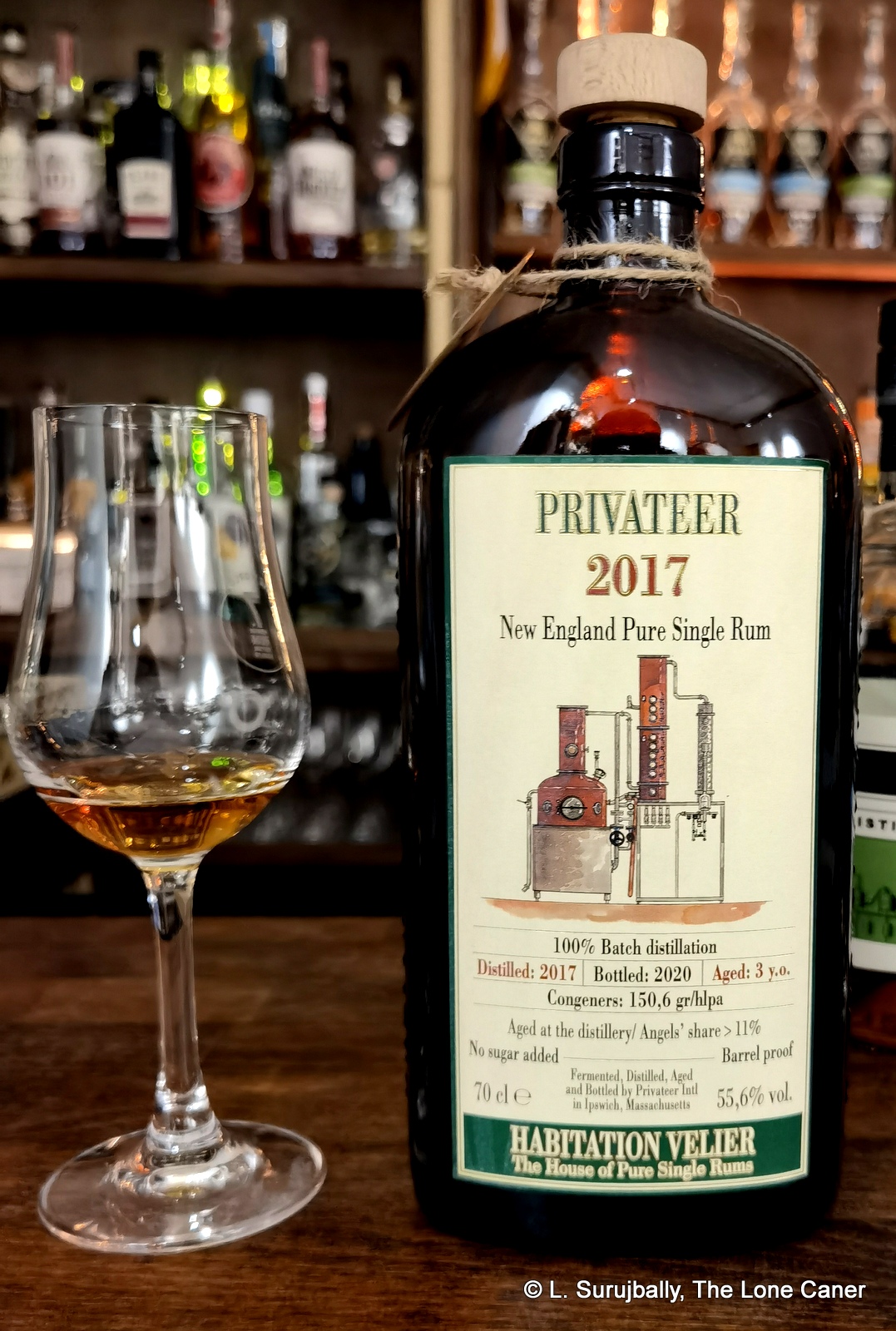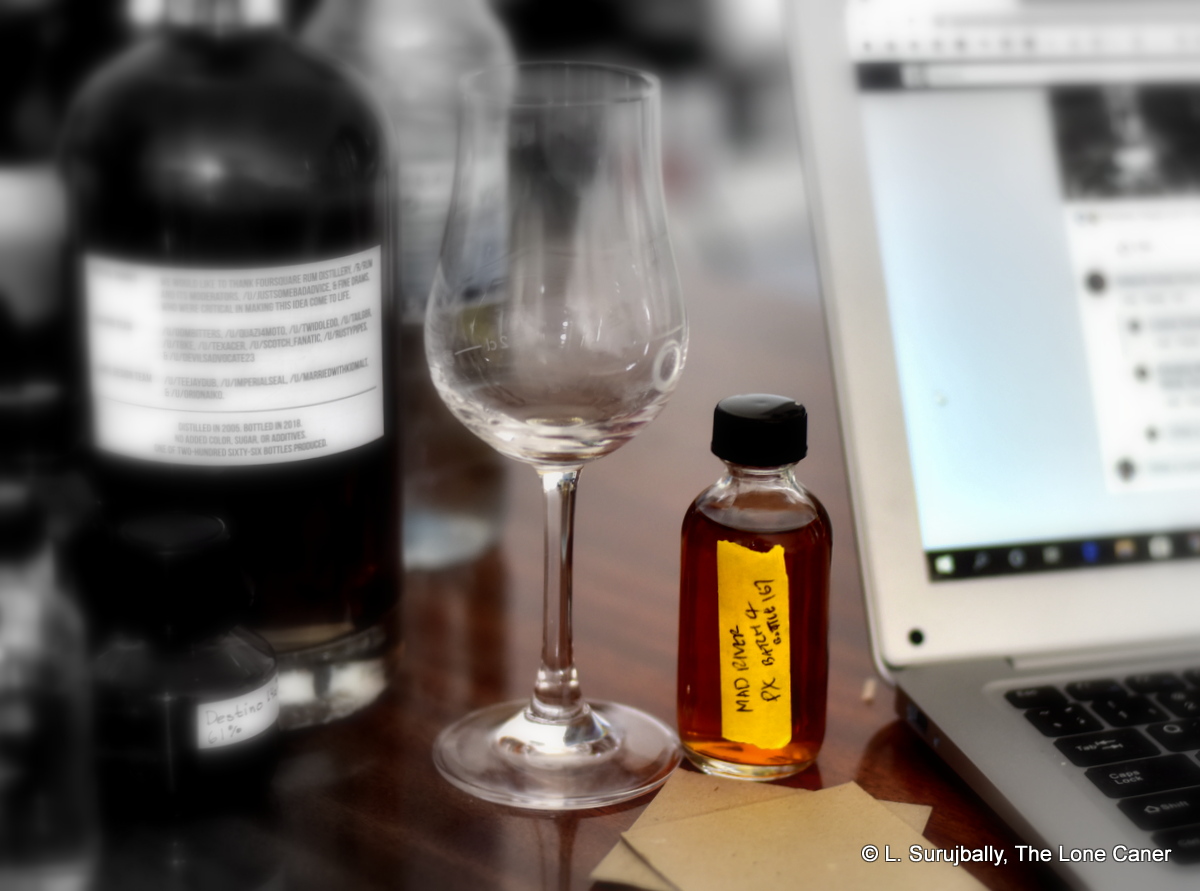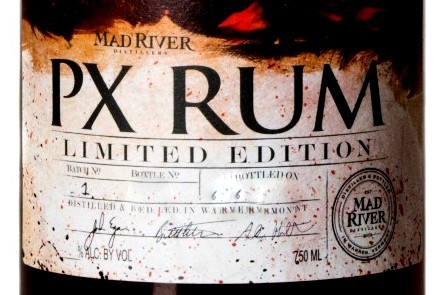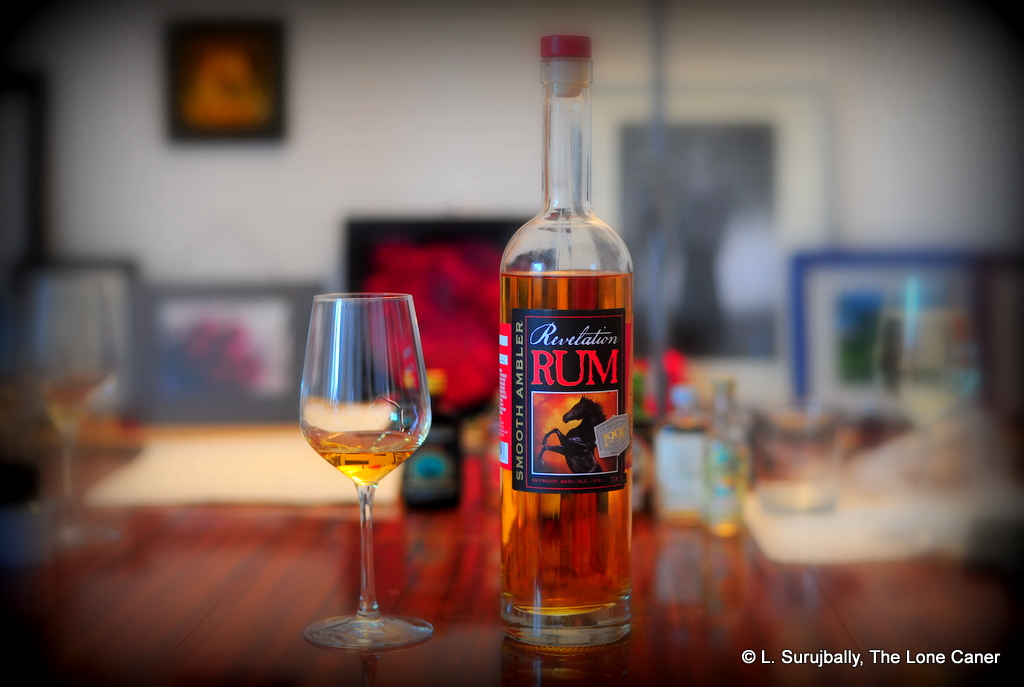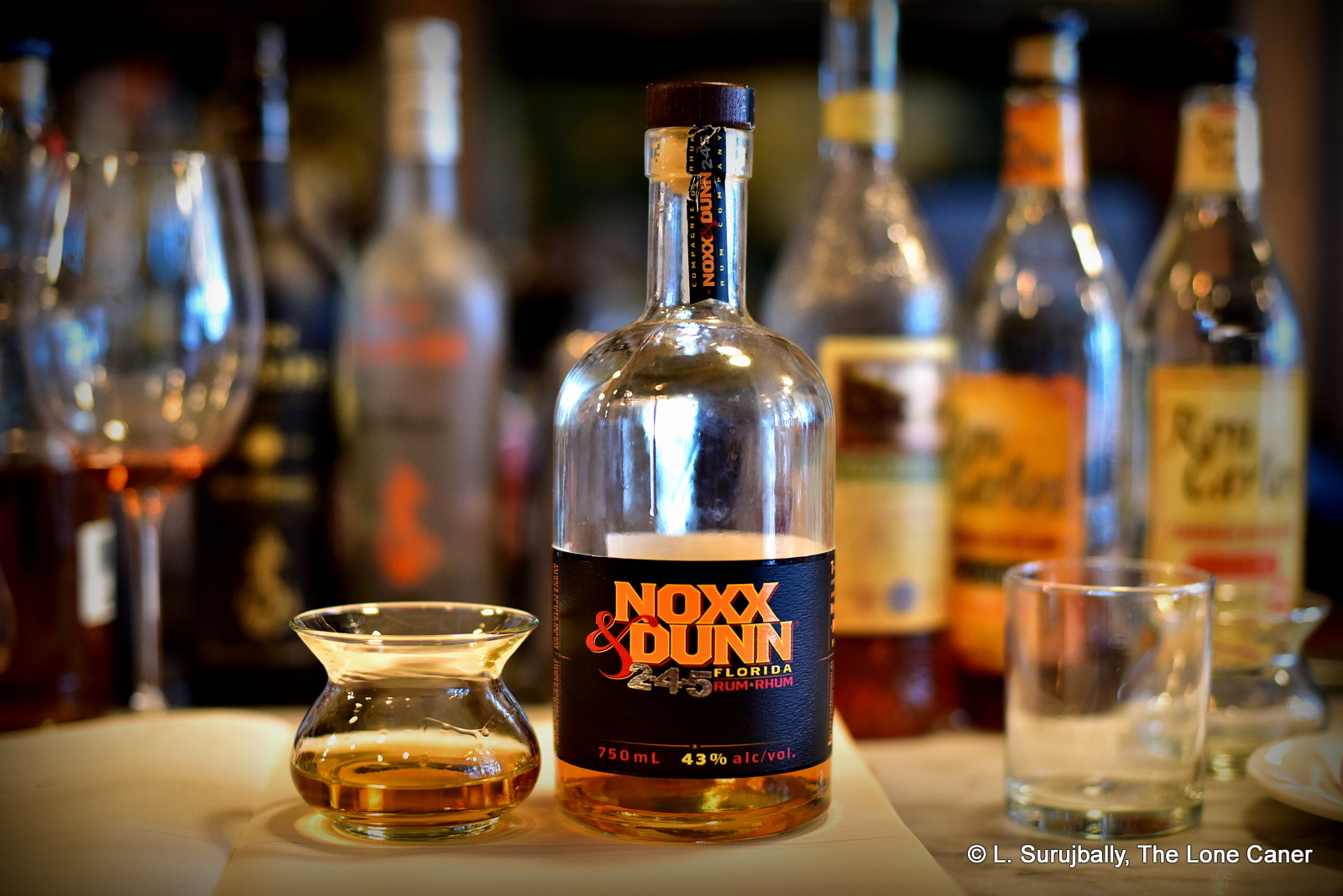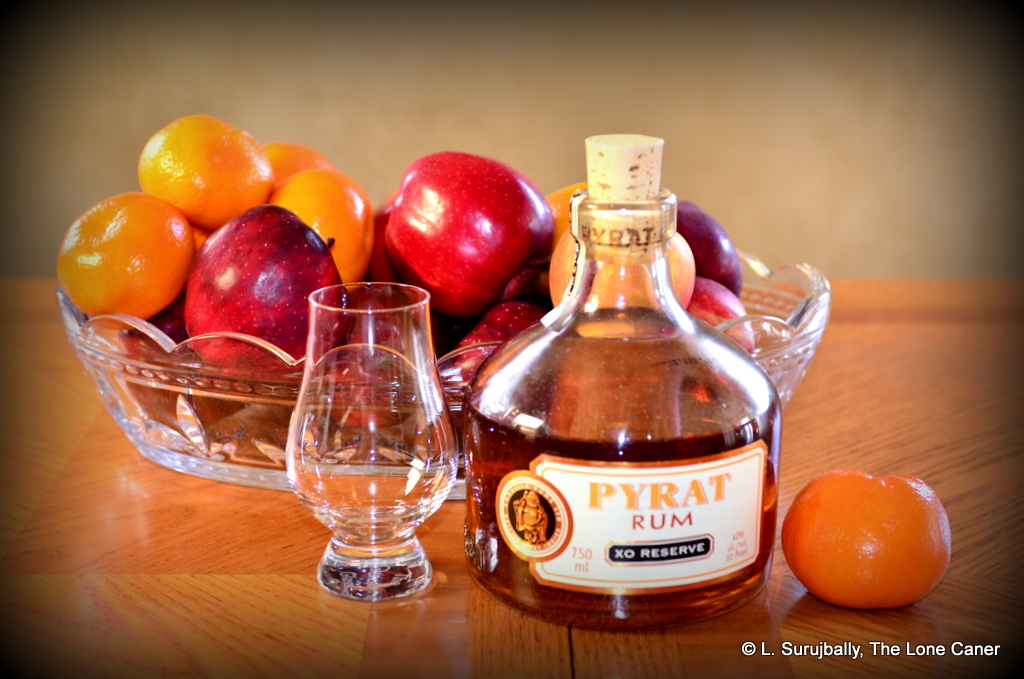Americans know the Puerto Rican company of Don Q quite well (it is named after Don Quixote, which always struck me as odd, but never mind), and are usually quite enthused with it since it’s an alternative to the ubiquitous Bacardi, as well as supplying them with another Cuban-style rum. Europeans on the other hand, know of the brand without being overwhelmed – they do, after all, have access to better tipple than most — and the rest of the world, I would imagine, falls somewhere in between.
Still, it’s worth keeping an eye on companies that at first sight seem to be aping Bacardi’s mass market appeal and rum-making style. Distileria Serrallés, after all, predates Bacardi on the island — the family patriarch was there since 1820 and his son produced Serrallés’s first rum in 1865 — and is considered to be the most popular rum in Puerto Rico. And the stuff they make regularly turns up on many lists of good rums to try, rums to start with, or to always have on the shelf.
Not too long ago I went through a fair bit of the company’s bottlings, so in this upcoming series of reviews, I’ll start low and work my way up. Today’s rum is simply called the Gold and is part of their “traditional” range which also includes the white Cristal and the stern overproof of the 151. After that everything except the flavoured range is lumped into the Serrallés Collection, but pretty much all of what they make is short-fermentation, molasses-based, column-still product. The variations come from post-distillation barrel and wood management, not earlier stages in the production process, which is par for Latin / Spanish style rons.
The Gold is a rum blended from components aged from 1½ to 5 years in ex bourbon barrels, and is bottled at a mild living room strength of 40% – in that sense it’s similar to the (filtered) Cristal, except that they note it’s been distilled to have more flavour (and then filtered). This suggests that they are using the first column of the 1934 Vendome still to producer a heavier aguardiente to blend into the final product, which makes sense.
But does that translate into a profile where this is evident? To some extent, yes – as long as expectations are tempered to begin with. Consider the nose — the website talks about “rummy flavours” (with all the usual additional superlative adjectives) but here, that’s pretty much what you’re getting. The majority of the aromas revolve around notes of caramel, toffee, vanilla, some cinnamon and a touch of oakiness – can a more standard rum profile be described? Even after standing for a while, there’s not a whole lot more, unless it’s some weakly aromatic light flowers and watery fruits…pears, mostly.
The way it tastes follows on from there. It’s similar to the nose perhaps a bit more tobacco and oak forward. The word that occurs to me is “bright” – it has a sort of scintillating sharpness to the way it tastes that is ameliorated by the easy strength, and the flavours are reasonably distinct: vanilla, toffee, salt caramel, not much more, except a very slight and sharp citrus line. And so the finish cannot be expected to provide more, and it doesn’t – it’s quick, light and gone in no time.
As a sipping rum, this is too thin and light to appeal, but of course it’s in a mix that it shines. It’s perhaps too much to expect a very young blended column still rum to wow my socks off – few Gold rums ever have. They tend to be mass-market mid- to low-range efforts: almost always blends, relatively young, very affordable, found just about everywhere. Their job is not to be a sipping agent but a basic bar staple, and their quality varies wildly. In this example, what we have is a rum I wouldn’t drink neat, one that hints at more upscale work elsewhere in the company’s stable: it has the glimmering of a complex nature that for itself, never quite comes to the fore.
(#1095)(78/100) ⭐⭐⭐
Other notes
- Video recap is here
- Other reviews confirm this middling assessment. The Fat Rum Pirate rated it 3 stars in 2016, as did Honest Booze Reviews, a year earlier; Chris Carlsson of the SpiritsReview website, in an undated and unscored review (probably around 2015-2016) remarked on its clean profile and suggested it works well for umbrella drinks, and was real value for money (at the time). And Paul Belbusti, writing for Distiller.com, scored it 79 and also noted it was a good cocktail mixer.
